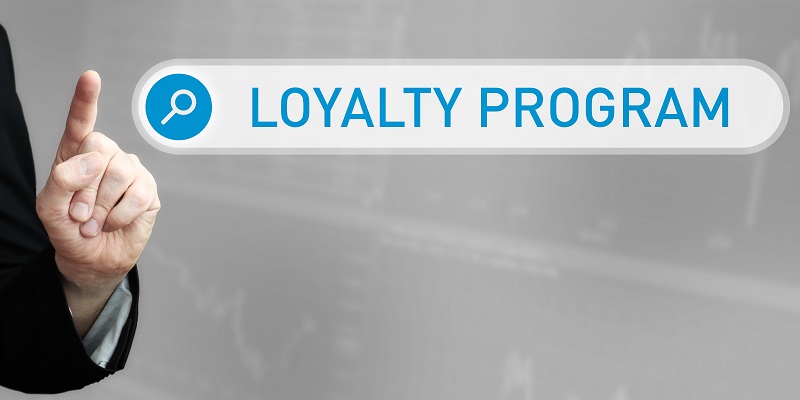In today’s competitive market, customer engagement and loyalty are crucial for the success of any business. Building strong relationships with customers and keeping them loyal to your brand is essential for long-term profitability. The key to achieving this lies in providing customers with an incentive to remain loyal to your brand. One effective strategy to accomplish this is by implementing a well-designed loyalty program.
The role of loyalty programs in customer engagement
Loyalty programs play a vital role in fostering customer engagement. By offering rewards and exclusive benefits, loyalty programs encourage customers to keep coming back and make purchases from your business. They create a sense of value and appreciation, making customers feel acknowledged and rewarded for their loyalty. Additionally, loyalty programs provide a platform for ongoing communication, allowing businesses to stay connected with their customers and understand their preferences and needs better.
Designing a loyalty program to align with business goals
Every organization has unique business goals, and loyalty programs should be designed accordingly. Whether the objective is to increase sales, build customer loyalty, or gather valuable customer data, the loyalty program should align with these objectives. Careful consideration should be given to the type and structure of rewards offered, the criteria for earning and redeeming rewards, and the overall customer experience within the program.
Importance of simplicity and clarity in loyalty program communication
To ensure the success of a loyalty program, it is crucial to keep it simple and easy for customers to understand. Complexity can deter customers from participating, leading to frustration and disengagement. The program’s rules, benefits, and reward structure should be clearly communicated to customers, either through direct communication channels, websites, or in-store signage. By eliminating confusion, customers can easily track their progress, understand the benefits, and remain motivated to participate.
Providing valuable and desirable rewards to drive customer participation
One of the critical factors in a successful loyalty program is offering rewards that are valuable and desirable to customers. Rewards should be tailored to the target audience and reflect their interests and preferences. By conducting market research and analyzing customer data, businesses can gain valuable insights into what rewards are most appealing to their customers. Whether it’s exclusive discounts, free merchandise, or personalized experiences, the rewards should be compelling and relevant to create a strong motivation for customers to participate and engage with the program.
Ensuring the visibility and accessibility of the loyalty program
The effectiveness of a loyalty program relies heavily on its visibility and accessibility to customers. It should be prominently displayed and easily accessible across various touchpoints, such as in-store, online, and mobile platforms. Customers should be aware of the program’s existence and understand how to participate. Incorporating eye-catching signage, online banners, and social media promotion can help increase visibility and remind customers about the program’s benefits, encouraging their continued engagement.
Creative strategies to incentivize customer sign-ups
While some customers may be naturally drawn to a loyalty program based on the rewards offered, others may require additional incentives to sign up. A powerful approach is to provide a sign-up bonus or an initial reward that immediately demonstrates the value of joining the program. This could be a discount on the first purchase or bonus points upon enrollment. Additionally, businesses can leverage partnerships with other companies to offer joint rewards, expanding the program’s appeal and attracting new customers.
Harnessing the power of word-of-mouth by facilitating program sharing
An effective way to increase the reach and impact of a loyalty program is by making it easy for customers to share it with their friends and family. Incorporating referral programs or incentives for customers who successfully bring in new program members can amplify the program’s visibility and attract new participants. By leveraging the power of word-of-mouth marketing, businesses can tap into the networks of their existing loyal customers and expand the program’s reach organically.
The significance of continuous improvement through customer feedback and data analytics is crucial
Successful loyalty programs are always evolving and improving based on customer feedback and data analytics. Regularly seeking feedback from program members is essential to understand their experiences, preferences, and suggestions for improvement. Businesses should analyze data to gain insights into customer behavior, identify trends, and make informed decisions about the program’s design and rewards structure. By using data-driven insights, businesses can refine the program to better meet customer needs and strengthen their engagement and loyalty.
In conclusion, a well-designed loyalty program is an excellent tool for driving customer engagement and loyalty. By providing incentives that resonate with customers, ensuring simplicity and clarity in communication, and continuously improving the program based on customer feedback, businesses can create a loyalty program that customers truly love and embrace. By offering personalized experiences and valuable rewards, businesses can strengthen customer relationships, increase sales, and establish a loyal customer base for long-term success.

